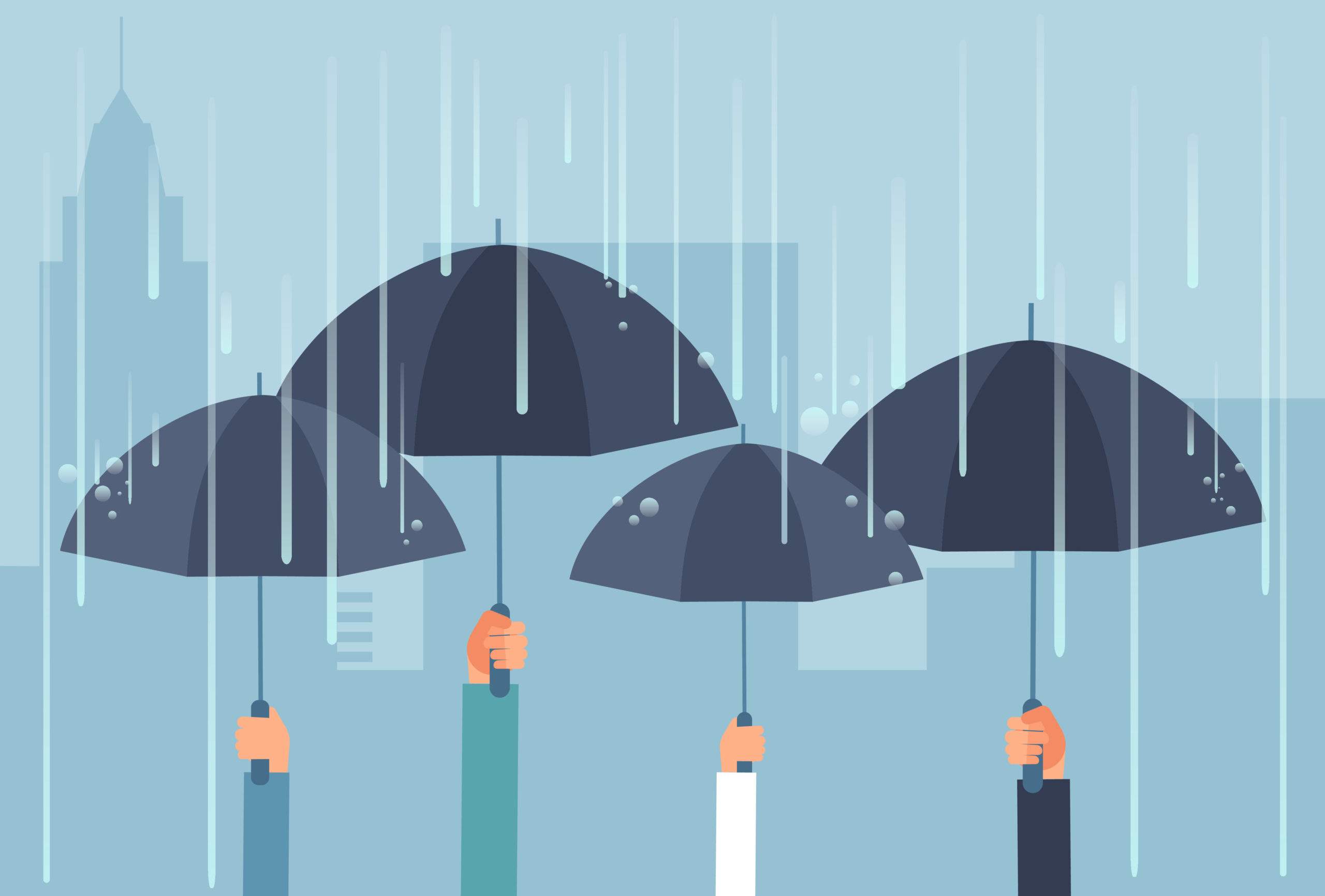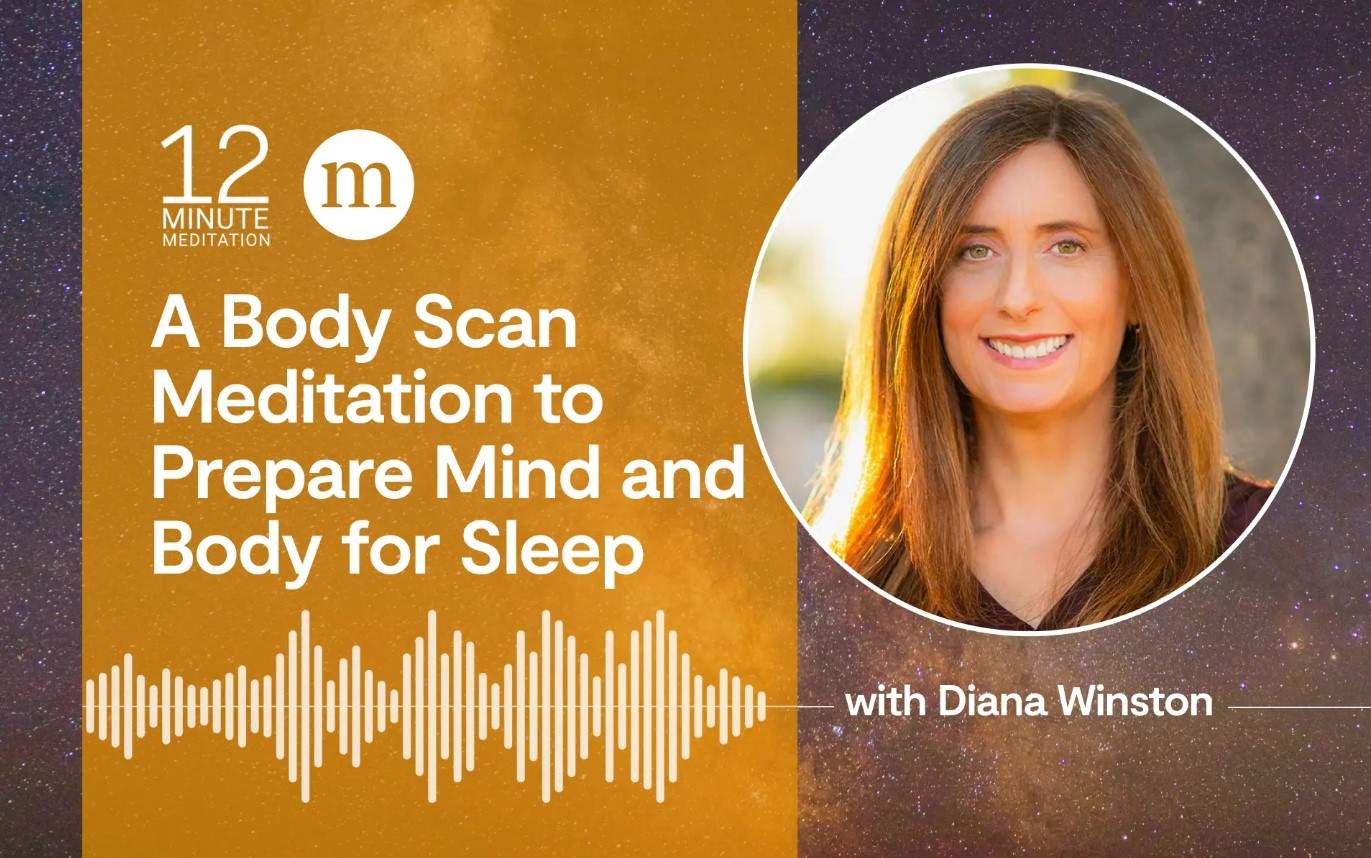Susan Kaiser Greenland on the Power of Mindful Awareness
In my experience, introducing mindful awareness to children, teens, and families has the potential to transform our world. While many educational programs teach valuable life skills from early childhood through adulthood, these skills can be difficult to apply in moments of crisis or emotional overwhelm.
That’s where mindfulness comes in. Mindful awareness helps us:
Attend to our inner and outer experience with clarity
Tolerate emotional discomfort without becoming reactive
Respond with kindness and compassion—to ourselves and to others
When people of all ages develop these three core capacities—attention, balance, and compassion—they begin to change from the inside out. And with enough of us practicing together, we can create a more peaceful, cooperative, and caring world.
A Movement in Education: Mindfulness for Children and Teens
I recently returned from an inspiring weekend at the Omega Institute, where I joined 300 educators to explore the role of mindfulness in education. Led by Jon Kabat-Zinn, our faculty included leaders such as Gina Biegel, Jennifer Cohen, Vinnie Ferraro, Laurie Grossman, Linda Lantieri, Daniel Rechtschaffen, Dan Siegel, and Spring Washam.
Throughout the weekend, we taught songs, games, and activities that build mindful awareness in kids from an early age. We also shared strategies for integrating mindfulness into schools in ways that are developmentally appropriate and accessible.
Here are 7 key insights we shared during the conference—essential for anyone working to bring mindfulness into schools, homes, and communities:
1. Clarify Your Motivation
Before teaching mindful awareness, ask yourself why you’re doing it. For me, it’s about sharing practical tools that help people navigate life’s ups and downs with resilience, compassion, and clarity. Your motivation might differ—but knowing it helps guide your approach.
2. Keep It Secular
Mindfulness in education is not a religion, and we must not present it as one. While rooted in contemplative traditions, today’s mindfulness work is informed by neuroscience, child development, and psychology. Avoid religious language, gestures, or symbols—especially in public schools.
3. Use Simple, Clear Language
Children process ideas differently than adults. Mindfulness concepts that work well for adults may fly over the heads of kids and teens. Adapt language and design developmentally appropriate activities to help them engage and understand.
4. Make It Playful
Kids learn best through play. Singing, dancing, laughing, and moving can all be part of mindfulness practice. If we present mindful awareness in a playful, engaging way, children are more likely to connect with it—and we might have a little fun ourselves, too.
5. Integrate Mindfulness Into Daily Life
For mindfulness to truly help people manage stress and big emotions, it needs to be part of everyday routines. Encourage practices that can be used during transitions, at mealtimes, before bed, or during moments of frustration. Regular use builds resilience.
6. Collaborate Across Perspectives
Not everyone in this field agrees on every detail—and that’s okay. To make a larger impact, we need to work together across differences. Collaboration is key to building inclusive programs that benefit students, educators, and families alike.
7. Think Big: Advocate for Mindful Policy
Leaders like Congressman Tim Ryan are already advocating for mindfulness in public policy. We need more bold thinkers to help fund research, develop evidence-based programs, and scale secular mindfulness training in schools and communities nationwide.
The Future of Mindfulness in Education
Mindful awareness isn’t just a personal practice—it’s a powerful tool for social transformation. By teaching attention, emotional balance, and compassion to the next generation, we plant the seeds of a kinder, more connected world.
Let’s keep building this movement—playfully, purposefully, and together.





